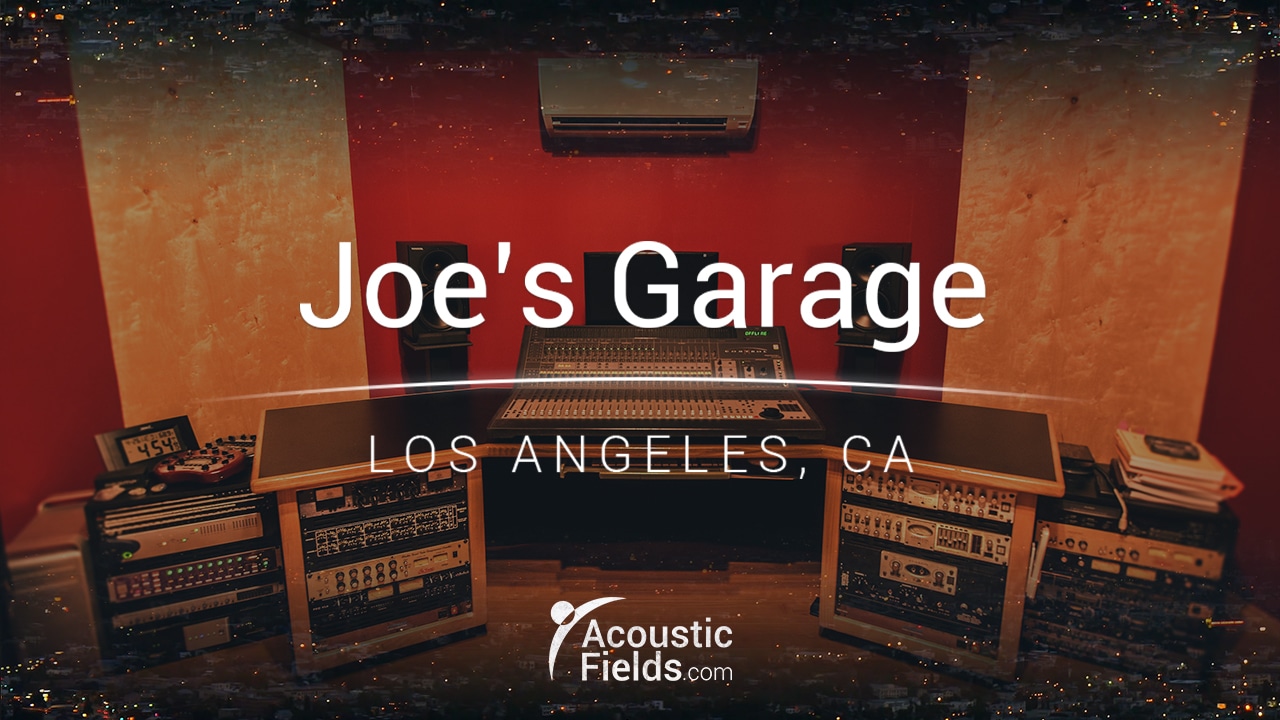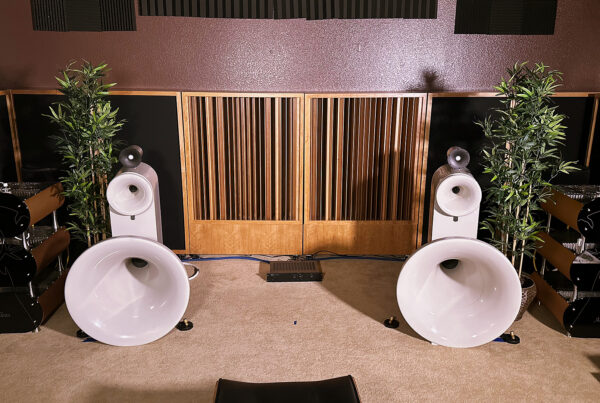Acoustic Fields Presents
Carbon Absorber Wall
Integrate The Most Powerful Low Frequency
Absorption Technology Into Your Room Walls.
Facing A Sea of Low
All small audio rooms need low frequency absorption. Unless you have dimensions that exceed 30′ , you will need some type and amount of low frequency absorption technology. It is just a fact of life and the laws of physics. Without low frequency management technologies in the room, you will be wading in a sea of low frequency modal issues that we describe in layman’s terms as “mud” and “soup”.
Carbon Absorber Wall (CAW)
With low frequency issues, we have the fundamental and the associated harmonics. A 30 Hz. issue has its corresponding cousin the 60, 90, 120, 150, and so on all the way through our middle frequency ranges. Its more than the fundamental issue. The harmonic “tail” can be just as destructive, especially though our sacred middle range frequencies, where our vocals and emotional connection to the music lies. Modal issues are everywhere. Low frequency energy impacts everything.
Low frequency management in small rooms is all about the proper rate and level of absorption, the square footage of coverage, and the position of that coverage. We have two choices when it comes to low frequency management technology. We can use freestanding units that meet the absorption requirements and take up additional space which we don’t have in an already built room, or we can build the technology within the walls of a new structure by using our CAW (Carbon Absorption Wall).
Benefits of using CAW
- Integrate directly into stud spaces
- Powerful absorption technology
- Absorb from your side walls, floor & ceiling
- Invisible low-frequency absorption
A Powerful Weapon In Our War
Against Low Frequency Modal Issues
If we look at a wood framed structure that has the proper depth between each stud space, we have a diaphragmatic absorber. The sides of the absorber are the studs themselves. The depth of the stud space determines the resonant frequency of the cavity. Frequencies above the resonant frequency are absorbed. Those below the resonant frequency of the cavity are not. We can control the resonant frequency with cavity depth coupled with the density of the studs. Cavity depth can be increased or decreased for varied resonant frequency management.
We can mange the rate of absorption by using our carbon technology inside the cavity. If we vary the thickness of the carbon “filter”, we can increase or decrease the rate of absorption within the cavity. We can accelerate rate to match the amplitude of the room issue. The density of the front “diaphragm” or face piece that is on the room side, also plays an important role in overall performance. Using the cavity depth, thickness of the carbon filter, and density of the front plate, we have a powerful tuning weapon against low frequency pressure issues.

Supercharge Your Room With
Invisible Low Frequency Absorption Technology
Each single stud space is a diaphragmatic absorber. Each stud space has depth, side walls (studs) and a front and back. Our walls can be turned into a whole series of miniature diaphragmatic absorbers with the tuning power that goes with this approach and technology. We control cavity depth (resonant frequency), cavity rate of absorption (carbon filter), and face and back of our diaphragmatic “cabinet”. We can fill the whole wall or use a staggered approach. Application of staggered or total fill depends on room size, volume, and usage along with project budget. There is no one size that fits all usages. Every room size/volume/usage is unique and requires individual analysis.
Using The Technology on
All Six Surfaces of The Room
We have two frequency response curves to use. Our data base of 140 built and measured small rooms shows us two main problem frequency ranges. We can use a powerful more frequency specific 30 – 50 Hz. (ACDA-12) “sponge” where it is required within a room. This requirement and location is strictly dependent on room size volume, and usage. We also have a broadband response that we can employ that starts at 30 Hz. and goes through 200 Hz. (ACDA-10). Both “sponges”, with their response curves, are needed in any small audio room regardless of chosen usage.
We can use the technology on all six surfaces of the room. The ceiling to floor produces the most issues because it is the smallest of the three dimensions within most audio rooms. Floor to ceiling unwanted pressure runs the full length of the room and the full width across the ceiling. Next are the walls which are also critical in any small room reflection and time signature management. Correct time signature management assures a strong center image between our monitors. What surface we will choose to use will depend upon room size/volume/usage
”My last studio was really good but there was always a problem with the detail of the low-end. Now it’s sharp, it’s clean, it’s concise. I couldn’t be happier.
Joey AyoubThe Sound Salon
Do you want to solve your room acoustic problems?
There’s no one size fits all when it comes to room acoustics.
Get your FREE personal room acoustics analysis by chief acoustics engineer Dennis Foley.









